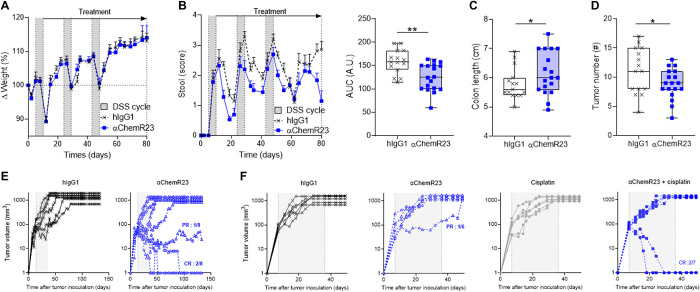Fig. 6. Agonist ChemR23 mAb inhibits colon tumor development.
(A) Weight variation of mice in the chronic AOM/DSS colitis–associated colorectal neoplasia model treated intraperitoneally twice/week with isotype hIgG1 (1 mg/kg; black; n = 15) or anti-ChemR23 (blue; n = 18) from day 10 (end of the first cycle of DSS) until day 80. DSS cycle is indicated by gray areas. (B) Same as in (A) for diarrhea (stool score) (left) and area under the curve (AUC) of total stool scores from day 0 to day 80 (right). (C) Colon length and (D) colon macroscopic tumors measured at day 80 in the AOM/DSS model. (E) Tumor volume after subcutaneous injection of 5 × 105 MC38 colorectal cell line injection in immunocompetent mice treated intraperitoneally three times/week for 21 days with isotype hIgG1 (1 mg/kg; black, n = 6) or anti-ChemR23 (blue, n = 8) mAbs starting when the tumor volume ranged between 50 and 100 mm3. (F) Tumor volume after subcutaneous injection of 5 × 105 CT26 colorectal cell line injection in immunocompetent mice treated intraperitoneally three times/week for 21 days with isotype hIgG1 (1 mg/kg; black, n = 6) or anti-ChemR23 (blue, empty squares, n = 7) mAbs from day 7 to day 28 and/or cisplatin (5 mg/kg) injected intraperitoneally every 5 days from d7 to day 28 (monotherapy, gray, n = 6; cisplatin + anti-ChemR23, blue solid squares, n = 7). PR, partial response; CR, complete response. *P < 0.05 and **P < 0.01 (Mann-Whitney).

